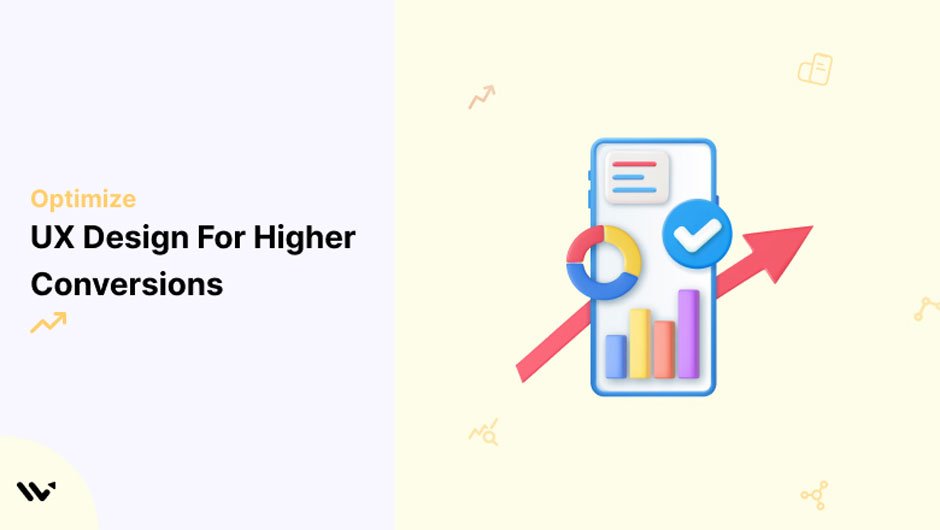Your website serves as the frontline of your business—a dynamic where first impressions are formed and purchasing decisions are made in mere seconds.
While many business owners focus on driving site traffic, few recognize that superior user experience (UX) design sees up to 400% higher conversion rates than their poorly designed counterparts.
For businesses partnering with a web design agency in Chicago, understanding these principles can mean the difference between a website that merely exists and one that actively drives growth.
The connection between UX and conversions isn’t accidental–it’s psychological.
Every element of your website’s design, from the color of your CTAs to the loading speed of your product pages, influences how visitors perceive your brand and whether they will complete desired actions.
Throughout this article, we’ll explore the psychology behind UX design, essential elements, and common pitfalls that kill conversions.
The Psychology Behind Conversion-Focused UX Design
At its core, effective UX design aligns with how people naturally think and behave online.
The human brain makes ‘snap judgments.’
According to research, users form first impressions of websites in just 50 milliseconds. These immediate perceptions influence whether visitors explore further or bounce to a competitor’s website.
One fundamental principle is cognitive load theory, which explains that people can only process a limited amount of information simultaneously.
Websites that overwhelm visitors with too many options, dense text blocks, or complex navigation tend to have higher abandonment rates.
Conversely, strategic UX design presents information in digestible chunks—using a visual hierarchy to guide attention to the most critical elements.
This explains why e-commerce sites with simplified checkout processes see completion rates up to 35% higher than those with multiple unnecessary steps.
Another critical psychological factor is the principle of social proof.
In uncertain situations, for example, when purchasing from a new website, people look to others’ behavior for cues.
Reducing perceived risk through customer testimonials, trust badges, and real-time purchase notifications can increase conversions by as much as 15%.
When implemented properly, these psychological triggers can create an experience that makes visitors feel comfortable taking the desired action.
Essential UX Elements That Drive Conversions
Navigation design forms the foundation of a positive user experience.
Visitors should be able to find what they need within three clicks. This principle is supported by data showing that websites following this rule see 30% lower bounce rates.
Effective navigation combines clear labeling with logical information architecture, which ensures users don’t waste their energy figuring out how to move through your website.
Most Chicago businesses find that working with a professional agency helps them streamline complex navigation structures that may have organically grown messy over time.
Moreover, page speed represents another make-or-break factor in conversion optimization.
With 53% of mobile users abandoning websites that take longer than 3 seconds to load, every millisecond counts.
Technical optimization, like image compression, code minification, and browser caching, can significantly improve performance.
These technical considerations are often overlooked by businesses using website builders, but are second nature to experienced agencies.
Common Pitfalls That Kill Conversions
Many well-intentioned websites unknowingly include elements that frustrate users and derail conversions.
One frequent offender is the ‘mystery meat’ navigation, where icons or creative menu labels force visitors to guess what they mean. While these might seem stylish, they create unnecessary cognitive load.
Another common issue is form fatigue, which requires too much information during checkout or lead generation. Each additional field decreases completion rates by up to 5%, which explains why progressive profiling often yields better results.
Mobile experience gaps represent another conversion killer in our smartphone-dominated era.
With over 60% of web traffic coming from mobile devices, a website that merely ‘works’ on phones isn’t enough. It needs to feel native to the mobile experience.
Issues like tiny click targets, difficult-to-read text, and horizontal scrolling can quickly send mobile users to a competitor’s website.
A professional agency can conduct thorough device testing to eliminate these mobile friction points.
Top UX Mistakes To Avoid
Here are the red flags you need to avoid:
- “Mystery meat” navigation: Unclear icons or clever menu labels that confuse visitors instead of guiding them.
- Form fatigue: Long forms with unnecessary fields that reduce completions by 5% per task.
- Mobile-unfriendly design: Tiny buttons, unreadable text, and awkward scrolling that drives mobile users away.
- Slow load times: A 1-second delay can drop conversions by 7%.
- Hidden CTAs: Buttons that blend into the background get overlooked.
Final Comments
Superior UX design goes way beyond aesthetics.
It’s a revenue driver that transforms passive browsers into loyal customers. By aligning with human psychology, streamlining navigation, and eliminating friction points, you can create an experience that naturally guides visitors toward conversion.
For businesses ready to maximize their online potential, partnering with a professional ensures that your website looks good and performs well.










